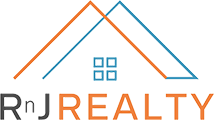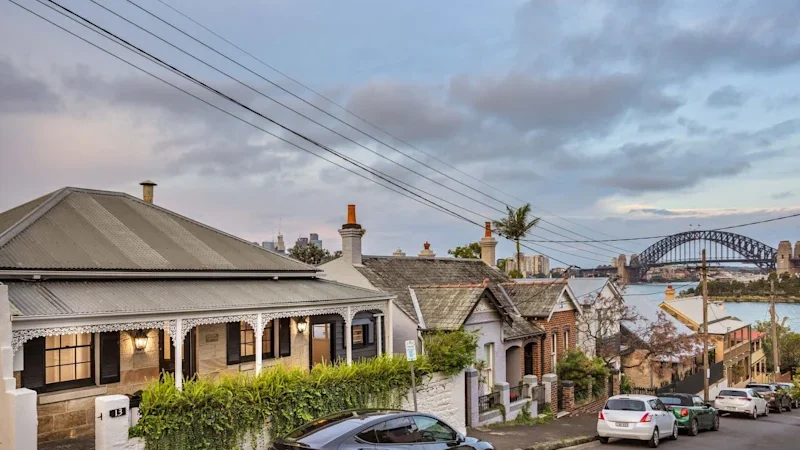The old saying goes that property prices double every decade, but the latest figures show that Sydney’s housing market tells a more complex story. While house values have generally outpaced units, some suburbs have seen prices boom in just a few years, while others have taken more than two decades to reach the same milestone.
Houses vs Units: A Different Growth Story
According to new data from Cotality, Sydney’s median house price doubled to $1.52 million in 10.9 years, while units took far longer—16.1 years on average—to reach $868,341.
Cotality economist Kaytlin Ezzy explained the difference: house values are tied to the scarcity of land, while units are easier to supply by simply building more. Over the past decade, strong apartment development has kept unit values from growing as quickly.
“Some investment-grade apartments have taken longer to absorb into the market,” Ezzy said, noting that oversupply in certain areas put downward pressure on prices.
Slowest-Growing Suburbs
The longest wait for units to double in value was Warrawee on the upper north shore, taking 26.3 years to hit $1.12 million. Other slow performers included Beecroft (25.8 years), Hunters Hill (24.3 years), and Newington in western Sydney (24.1 years).
For houses, the slowest market was Terrey Hills, where values took 24.2 years to double to $2.61 million. Ropes Crossing followed at 22.8 years, with Bundeena at 15.9 years.
KPMG economist Terry Rawnsley said slower-growing suburbs often had aging populations and were further away from job hubs, making them less attractive for rapid growth.
The Fastest Doubling Suburbs
At the other end of the spectrum, Menangle Park in Sydney’s south-west recorded the fastest doubling time for houses—just 4.4 years to reach $1.14 million. Melonba (five years) and Leppington (5.8 years) also featured prominently, as did prestige markets like Clontarf (6.4 years) and Bellevue Hill (nine years).
Ezzy noted that many fast-growth suburbs were development-focused, where old farmland was transformed into new housing estates. This made it easier for values to climb quickly from a lower starting base.
Rawnsley added that new suburbs naturally experience strong growth in their early years as they establish themselves and catch up to surrounding markets.
Unit Growth Leaders
While houses dominated the rapid-growth list, a few suburbs stood out for units: Ourimbah on the Central Coast (10.3 years), Warriewood (10.8 years), and Little Bay (10.9 years). These areas were attractive as relatively affordable coastal entry points, but rising demand is quickly pushing them beyond reach.
The Bigger Picture: Affordability Pressures
Experts warn that what were once considered affordable suburbs are now slipping out of reach for middle-income earners. Before the pandemic, it was possible to find a detached house for $500,000–$700,000, but today even those areas are exceeding $1.1 million.
Dr Laurence Troy from the University of Sydney said the data highlights Sydney’s broader housing shortage. “We’re not building enough houses, especially in the inner and middle-ring suburbs, which drives up their value. Meanwhile, unit supply continues to grow, keeping apartment prices more subdued,” he said.
A Seller’s Perspective
One seller, Dilbag Singh Jivan, is listing his Catherine Field home after its value nearly doubled in under nine years. Bought for value and location, it’s now expected to fetch between $1.75 million and $1.85 million.
His agent, Sammy Singh from Ray White Macarthur Group, said affordability is driving strong interest from both first-home buyers and upsizers across Sydney. “Buyers are coming from as far as the Hills district and Bankstown,” Singh said.
👉 This mix of fast- and slow-growing suburbs reveals the uneven nature of Sydney’s property market. While new estates and coastal pockets offer rapid gains, established areas with aging demographics or high apartment supply may take decades to catch up.



